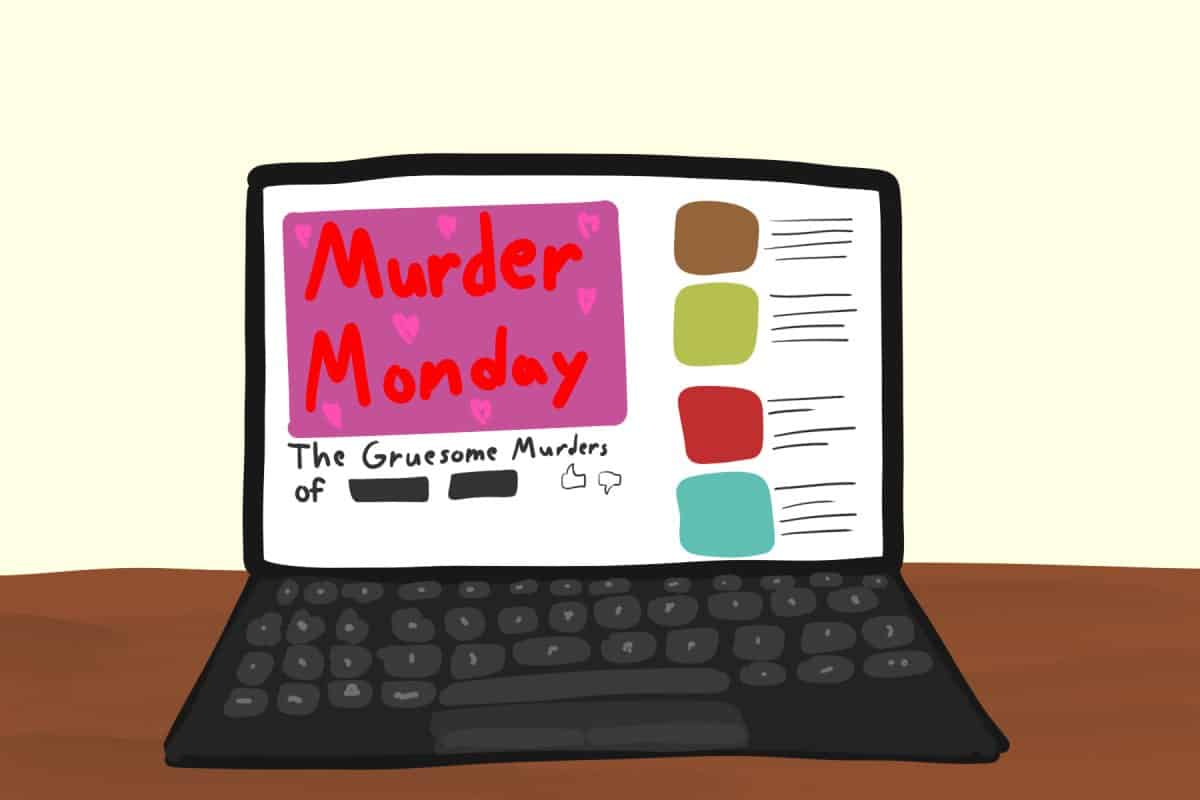On Tuesdays and Thursdays, I have a 12:15 class where my teacher takes attendance every day. Each class that I miss comes out in a deduction of my final grade and, as wretched as it sounds, I wouldn’t set foot in the classroom if the tabs weren’t kept up on my attendance, and that goes for more than 80 percent of the students in my Anthropology 208 course.
Attendance sucks, but realistically speaking, when it is done efficiently, it is the number one motivation for students coming into the classroom.
Most professors understand this concept, and as such, attendance is mandatory in almost all of my classes. However, the concept of writing your name on a sheet of paper passed around the room needs to stop, especially since the innovation of the handy-dandy gray clickers that have become a college-supply fashion-staple.
Known formally around the nation as Classroom Response Systems, clickers have started a trend, not just on college campuses, but also within businesses, elementary and middle schools, churches, fire departments and even cruise ships.
Interestingly, the education coordinator for Whole Foods Market, Paula Miller, bought 105 of them in 2011 for team-building exercises within the company.
Clickers have worked their way into the hearts of America, and yet students are still walking into class and answering basic reading questions on half sheets of paper, to later be turned in to a TA who will manually grade them for a lazy professor. The most frustrating aspect of this is finding that same piece of paper in your notebook a week later, making the whole concept a big waste of time and trees.
As clickers catch on, they are already becoming equally as obsolete. There is now an app on the iPhone that helps save $62.50 on a gray paperweight and has the ability to register into the Classroom Reponse System database. Equally as prevalent, software from a company called Poll Everywhere is allowing participants to text responses from their cell phones, regardless of their application capabilities on the iTunes store market.
Impressively, clickers were used last November to elect the new officers within the Alpha Phi house at the University of Illinois at Urbana-Champaign, and within minutes of voting commencement, sophomore Colleen Leahy was made president.
“I liked finding out quicker. Our lives are fast-paced,” Leahy said when asked about how she felt about the voting transition into the clicker system.
Traditionally, sorority elections are a lengthy process, one that takes multiple slips of paper, counting, hand raising and recounting; basically, a tedious waste of time for girls who are told they are practically running a small company. Cutting this lengthy process in half can help redirect some of that energy onto more pressing matters, like philanthropy or scholarship.
The long list of benefits with clicker use in and out of classrooms could fill an entire book, and yet they are not used to their full potential. One way to look at the clicker revolution is by looking to class participation. Many teachers expect students who have read the material to raise their hand to speak about it in class. Most of time, it doesn’t work that way, and classrooms can become highly stressful and anxiety-ridden environments for some students who are afraid to speak up in front of their peers.
“Those who talk in class aren’t necessarily those who have the most to say,” said professor Eric Johnson at Columbia Business School. “With a clicker, everyone in the room has input, and they can express their opinion anonymously.” Johnson is the director of the Center for Decision Sciences at Columbia and has been pushing the clicker system there since the software came out in 2007.
Clickers are a way to get everyone involved while still fulfilling this generation’s need for instant gratification. It also covers the anthropology of dynamics within social comparisons, understanding where the individual stands within its tribe.
This is done by the bar graphs that the clicker systems display immediately after a posed question is answered. Students have the ability to see where they stand, whether their answer was right or wrong and how they can improve within their group.
Professor Katz, the director of the Center for Mobile Communication Studies at Rutgers, explained this as “a new form of transparency for crowd psychology.”
The clicker systems have been shown to be beneficial in the fast-paced lifestyles of the 21st century, but professors are still playing tug-of-war with printers, TAs and attendance sheets to count absences. This redundancy just holds back a generation that is fighting to push forward and runs along the same lines as those professors who refuse to use their eLearning or who won’t take emails.
If an entire generation is making a change, choosing to hold back doesn’t make a statement; it only delays the forward movement of innovation.
Sophia Fazal is a junior majoring in anthropology. Her column runs bi-weekly on Mondays.








